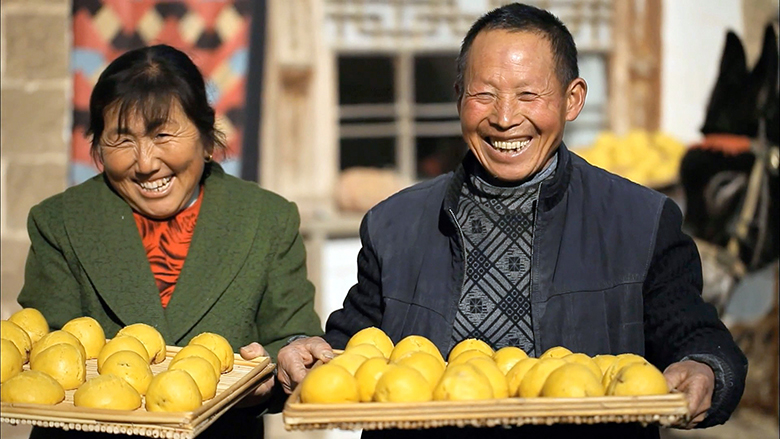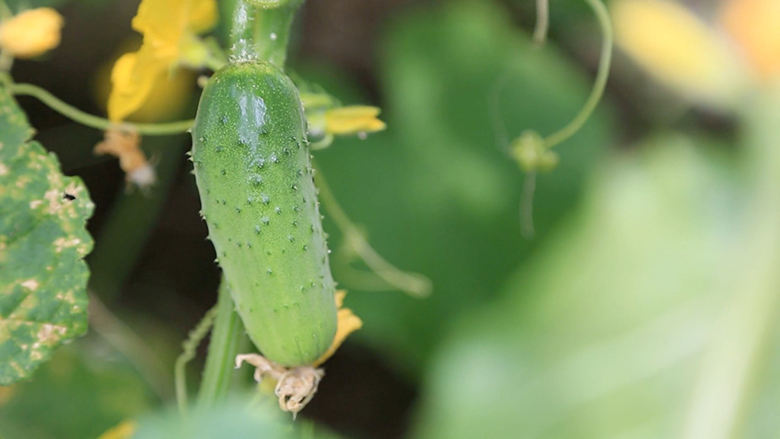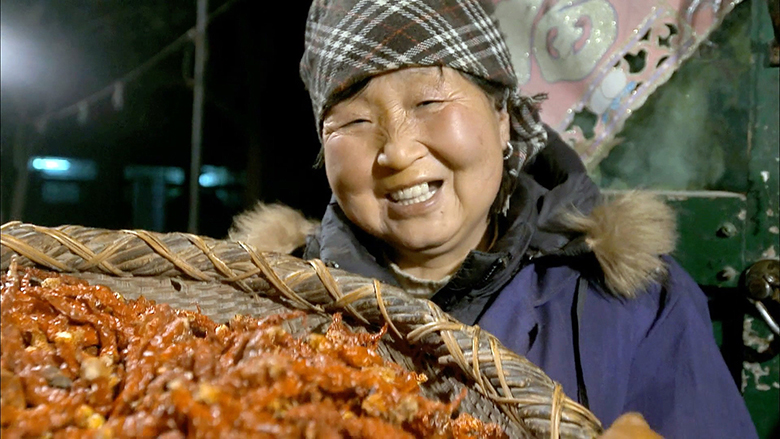Challenge
With rapid urbanization and rising incomes, China faces a huge demand for safe and nutritious food. Food safety concerns continue to receive widespread public attention. Production of nutritious and safe food was made the government’s top priority, and investments to enhance food safety management systems increased, including this first Bank-assisted food safety project in China.
Jilin, as a major supplier of agricultural products to other parts of China, was selected to introduce a systematic approach to food quality and safety. The project played an important role in introducing a greater focus on risk-based standards requiring agribusinesses and farmers to utilize self-regulation and certification systems.
Approach
The project was designed as part of the government’s broader strategy to ensure food safety. The interventions supported under the project were designed as pilot initiatives and demonstration undertakings, with the intention to scale up nationwide the good practices piloted within the project.
The project took a three-pronged approach - introducing good agricultural practices, improving the implementation of agricultural product safety regulations, and strengthening the agricultural product safety monitoring system.
The investments financed by the project focused on facilitating behavioral, attitudinal and operational practice change among regulators, farmers, agro-businesses and consumers within the value chain using a risk-based approach. The project explored ways to improve product certification, labeling and traceability and applied them as a way of adding value to food products.

Results
The project contributed to the following outcomes:
- Development and adoption of 119 provincial standards for crop, horticulture, livestock and aquaculture production and processing, contributing to agricultural standardization in Jilin.
- Establishment of 215 demonstration sites to promote the adoption of standardized good agricultural practices by demonstrating their effectiveness in farmers’ fields and exposing other farmers to these practices.
- A total of 47,101 farmers benefited from training activities. As a result, about 37,756 households adopted standardized farming practices. On average, each household increased their annual income by RMB3,000 (US$430). In addition, 41,700 farmers visited the demonstration farms or cooperatives to learn good agricultural practices. 112,982 hectares of farmland received various food safety related certifications. 6.81 million tons of produce were grown in these land, which generated RMB 160 million (US$ 231,708) incomes for producers.
- Issuance of 936 GAP (good agricultural practices) certifications to the farmers cooperatives and agro-businesses, which enabled them to explore niche markets for their higher quality products with a price premium.
- Establishment of a product quality and safety monitoring information system for agricultural, livestock and aquaculture products covering the province’s nine cities and 60 counties.
- Development of a food product tracing system which allows consumers to trace the source of a food product by scanning a QR code on the package.
- Construction or renovation of 10 provincial and municipal-level laboratories, , accredited to an international standard, with enhanced capacity for testing agricultural product safety and for certification of agricultural product quality.
- Completion of 64 research projects on a range of topics from crop and livestock production, food processing techniques and approaches to risk analysis or hazard detection, with results that can be directly applied to improving agricultural product safety.
- Public awareness campaign on quality and safety of food products and good agricultural and processing practices carried out at provincial, municipal and county levels, using local television, radio, and newspapers, as well as mobile texting and WeChat messaging.
- An online and telephone support system to provide farmers and consumers with access to agricultural information and advice, with positive feedback received from farmers, food processors and consumers. The system is also used by farmers to market specific produce as good quality and safe food.
- Demonstration models for safe agriculture supply chains created 1,667 jobs; and 12,820 farmer households were linked into the market and dynamic value chains.
- In coordination with government poverty reduction program, up to 20,000 poor households benefitted through their participation in GAP, product certification, integration into supply chains and training activities.


